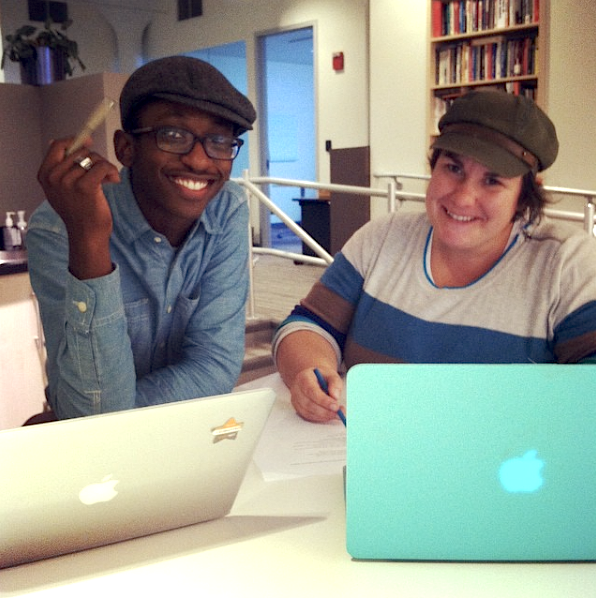15 min Practice: Rays of Light
June 28, 2016 1 CommentIISC works with clients to expand dimensions of success beyond results. For long-term change to take hold, we help groups understand process and relationships are key factors. In the Communications Unit, we have created a daily practice to keep track of results, process, and relationships in our work. We call this practice “Rays” and we’ve found it works in person, on video chat, over the phone, or even as text or Slack messages.
Rays / Tasks / Blocks
Rays is a 15 minute meeting each day where we briefly share a ray of light in our life, the tasks on our plate, and anything blocking production. Here’s the story of how we do it and what we’ve learned about its value.
- Share a Ray of Light in your life.
Sometimes there are so many rays we struggle to stop talking about them. Other days, it’s a struggle to find a ray. It’s still really important to dig for them every day because they are always there and it’s really important to remember that, even in tough times, they’re always there.
The idea to focus on a ray of light in our life grew from a meditation class Danielle was taking on gratitude at Cambridge Insight Meditation Center. The teacher, Madeline Klyne, suggested everyone find another person to share daily gratitudes with in order to increase happiness. It seemed like a practice that would also increase the collaborative capacity of the Communications Unit and inspire our creativity. So we began.
This is a small and powerful way that we express our humanity at work, and share an experience of whole-self. Most often rays are about things happening outside of the office. Whether or not that’s the case, though, knowing what your team members are grateful for or excited about builds the strength of work relationships.
- Share the top tasks on your plate.
Preparing to tell someone else what we’re up to proves a helpful prioritization habit. We were inspired by experience with Agile management and the acknowledgment that our tasks are often interdependent, since we perform different roles in producing communications products.
It is also helpful to keep regular tabs on pressure points in the system so that we can allocate capacity and shift priorities when needed. Without going through our tasks, we notice disconnectedness and lack awareness of what/how our team is doing collectively.
This practice has taught us about the connections between results and relationships. We also realize gratitude alone isn’t enough to get results for IISC.
- Share anything blocking your way.
This is a regular lightweight, low-pressure way to surface anything preventing work from flowing. “Blocks” can be internal/personal, interpersonal, with contractors, in collaboration with the rest of the organization, with a piece of software, with the world, et cetera. Blocks are similar to impediments in Scrum, a variation on Agile.
A block could be something simple like, “I need your feedback on the draft I posted in order to meet my deadline.” Or maybe it is something personal like, “My creative mind is out to lunch.” It could also be related to the broader world like, “England leaving the EU really has me distracted.” By surfacing the blocks, we are on our way to removing them.
This practice helps us see how our process is flowing, and how we can best support eachother and IISC in delivering results.
Virality
We’ve shared this practice with collaborators inside and outside of IISC. Some of them have really appreciated it and have incorporated it into their own daily workflows. We have often used it to start production meetings with collaborators, to get a quick pulse of what’s on people’s minds. Do you have a practice like Rays of Light? Please share!
We hope this sharing supports your work.



1 Comment
Yes, we have a similar practice. We do a round of “what is present in your right now” and it maybe something related to work or not. It is similar as your examples of blocks. Just talking about it seems to bring the person to the present and being more present at the meeting.